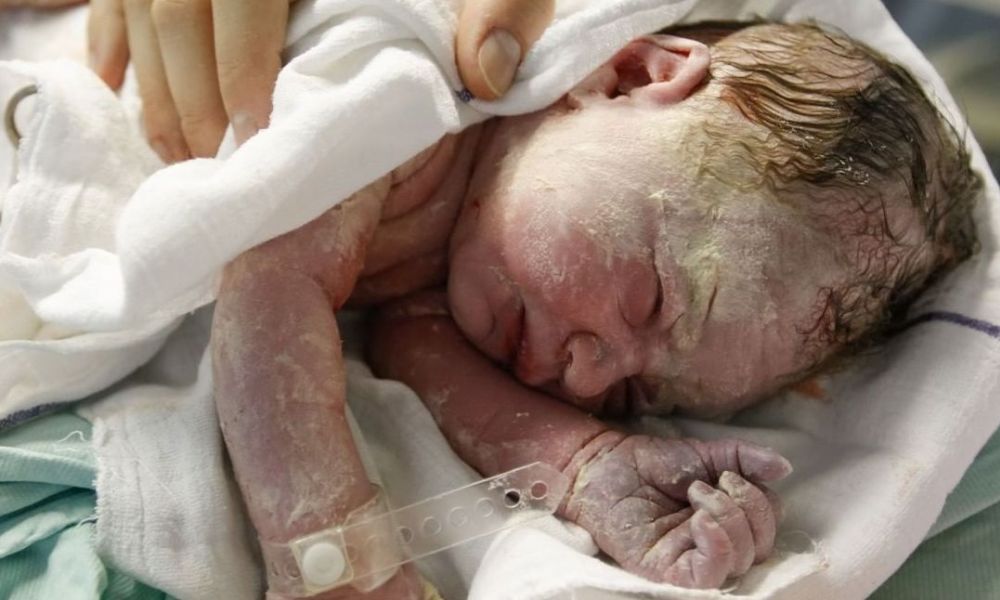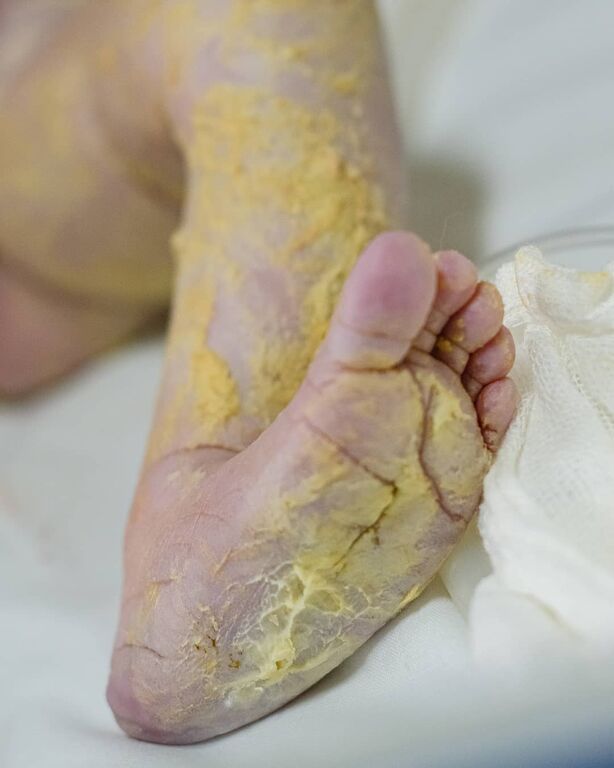Unveiling the Mystery of Vernix Caseosa
Ever wondered about Vernix Caseosa?

Vernix Caseosa is a protective layer found on a baby’s skin, appearing white and having a soft cheese-like texture. This special substance, known as fetal sebum, develops while the baby is still in the womb and lingers on the baby’s skin after birth.
But what purpose does fetal sebum serve, and why is it present? Understanding the womb’s environment, where the baby grows for 40 weeks, is crucial. Surrounded by amniotic fluid, the baby’s delicate skin is shielded from it by fetal sebum. Moreover, Vernix Caseosa contributes to the baby’s skin becoming smooth and soft post-birth while safeguarding it from infections in the womb.

As the delivery date approaches, the amount of fetal sebum diminishes. It’s normal to find some Vernix Caseosa on the baby even after delivery. Babies born prematurely may have more, while those born much later might have none.

Harnessing the Benefits of Fetal Sebum Throughout Pregnancy
The advantages of Vernix Caseosa extend beyond pregnancy. Fetal sebum provides benefits to the baby during and after birth. Regardless of the quantity, endeavor to keep sebum on the baby’s skin.
Fetal Sebum’s Antibacterial Properties
Newborns possess sensitive immune systems, making them prone to diseases. While breastfeeding strengthens immunity, Vernix Caseosa also plays a protective role post-birth. Rich in antioxidants and with anti-inflammatory and antimicrobial properties, it shields the baby from infections.

Facilitating Birth and Temperature Regulation
During childbirth, the layer of Vernix Caseosa covering the baby’s body and head aids the process. Additionally, it assists the baby in maintaining a consistent body temperature. In the initial post-birth period, when the baby is yet to regulate its temperature independently, fetal sebum stabilizes this crucial aspect.

Moisturizing and Softening the Baby’s Skin
Beyond protection, fetal sebum serves as a natural moisturizer, leaving the baby’s skin soft after birth while shielding it from dryness.
Capturing Precious Moments: Babies with Fetal Sebum
In recent years, birth photos have gained popularity. Couples often hire professional photographers to immortalize these special moments. Among the cherished captures are images of babies seconds after birth, still adorned with traces of fetal sebum.





